The technical changes to this year's Formula 1 regulations are drastic - so much so that cars are expected to be around 5sec a lap quicker than last year.
But what exactly has changed? We run through the differences.
The points refer to the image above them.
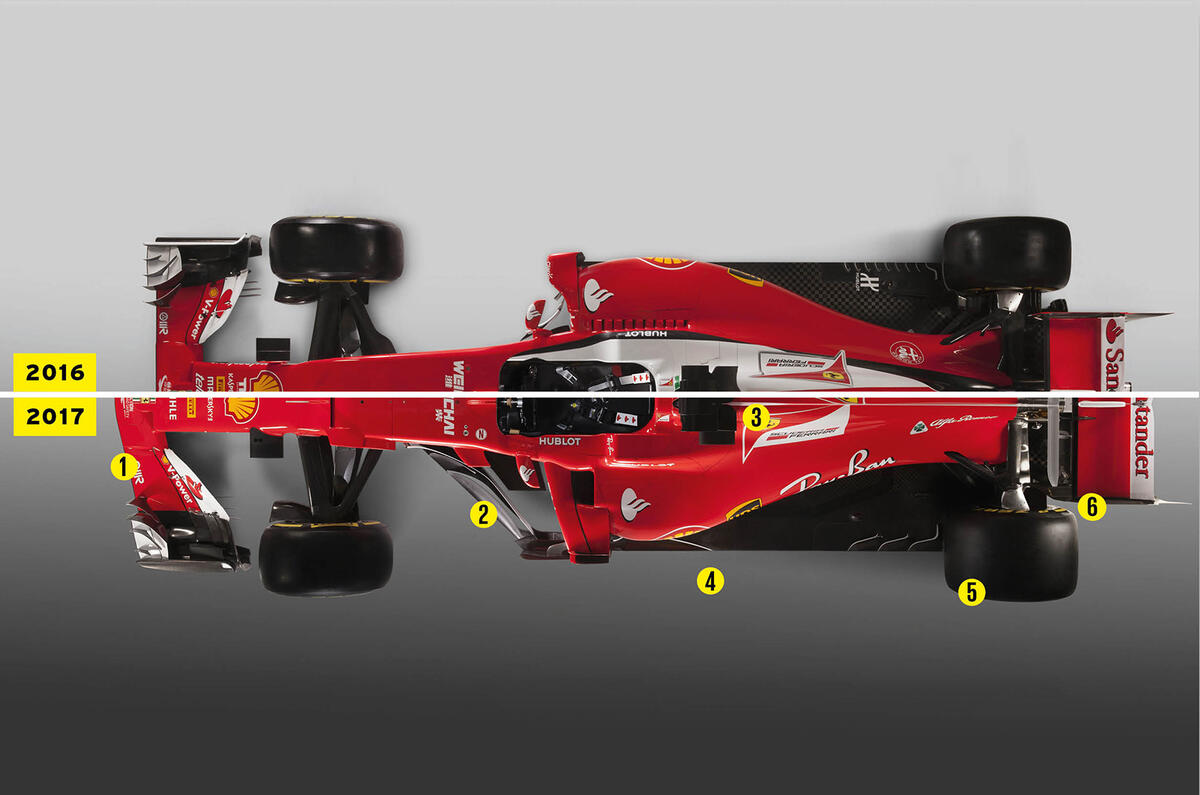
1. Front wings are now 1800mm wide, up from 1650mm, and the nose is 20mm longer. However, the endplates are the same distance from the front tyres due to the wing’s new, more curved shape.
2. Aerodynamic bargeboards and turning vanes make a return between the sidepods and front wheels. The bargeboards smooth the turbulent air coming off the front wing and wheels.
3. ‘Shark fins’, which are aerodynamic devices extending rearwards from the airbox along the engine cover, improve how airflow is channelled.
4. The minimum weight of the car has increased by 20kg to 722kg to compensate for the heavier new tyres.
5. Brake discs will be up to 4mm thicker this year with braking torque increasing by 25% and a braking force of up to 6g predicted.
6. The maximum height of the rear diffuser has increased from 125mm to 175mm.
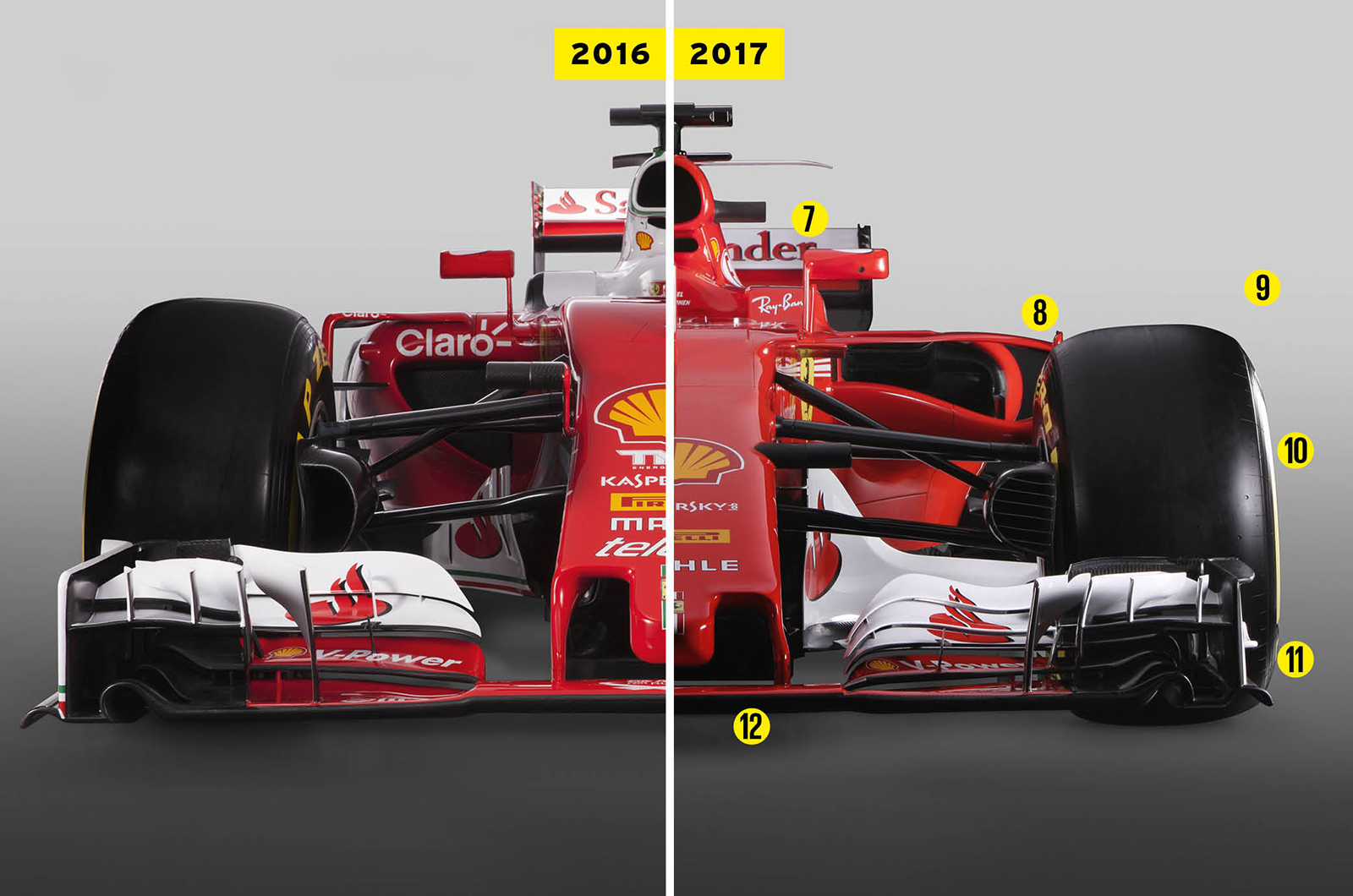
7. The rear wing is 150mm lower and 200mm wider than before, with inwardcurving endplates.
8. An increase in aerodynamic parts, and consequently downforce loads, will make the cars between 3sec and 5sec quicker per lap, depending on the circuit.
9. The fuel limit for each race has been increased by 5kg to 105kg, so the cars have larger tanks.
10. The overall track of the cars has increased from 1800mm to 2000mm.
11. Wheels are still 13in in diameter, but they’re 25% wider than last year’s. The front tyres are up from 245mm to 305mm and the rears have grown from 325mm to 405mm. The greater contact area increases grip.
12. The sustained lateral g-force that drivers experience could be up to 5.5g around corners such as Turn Three at the Catalunya circuit. Last year, that was about 3g. Cornering speed will increase by about 25mph.
Mercedes F1 boss Toto Wolff on the new rules, Hamilton, and the sport's future

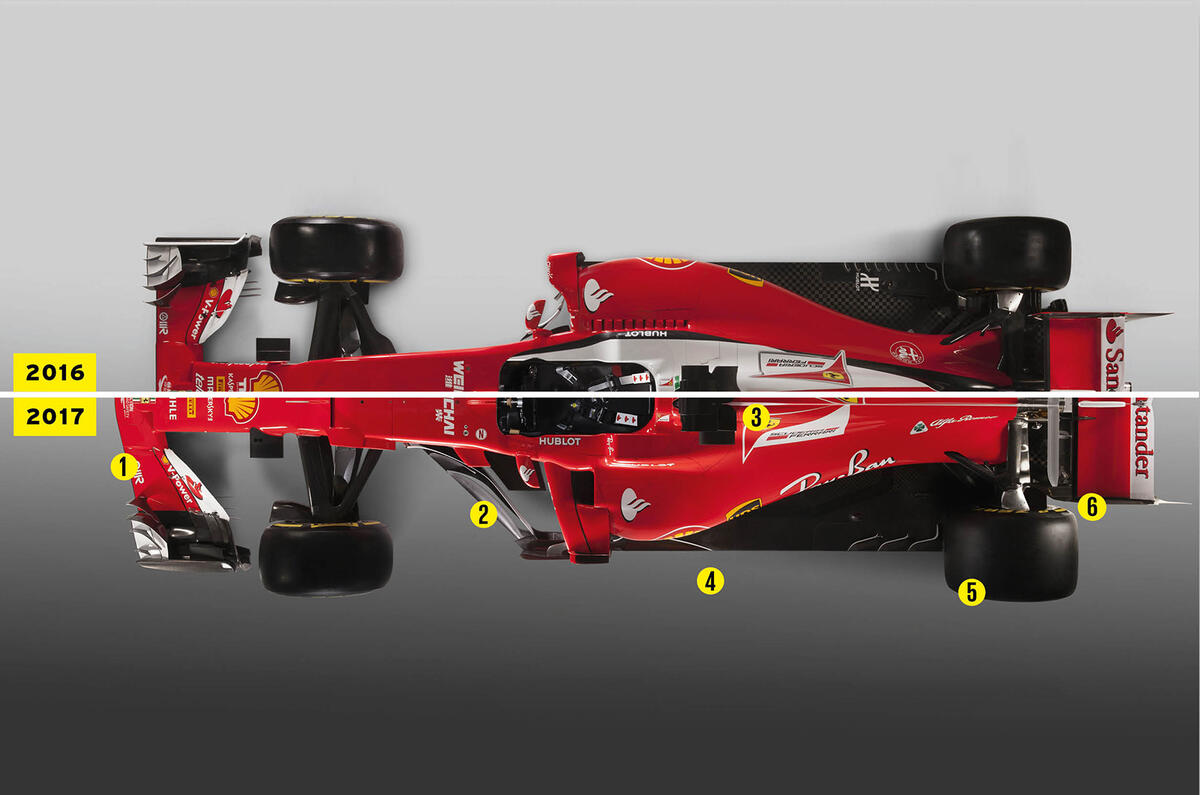
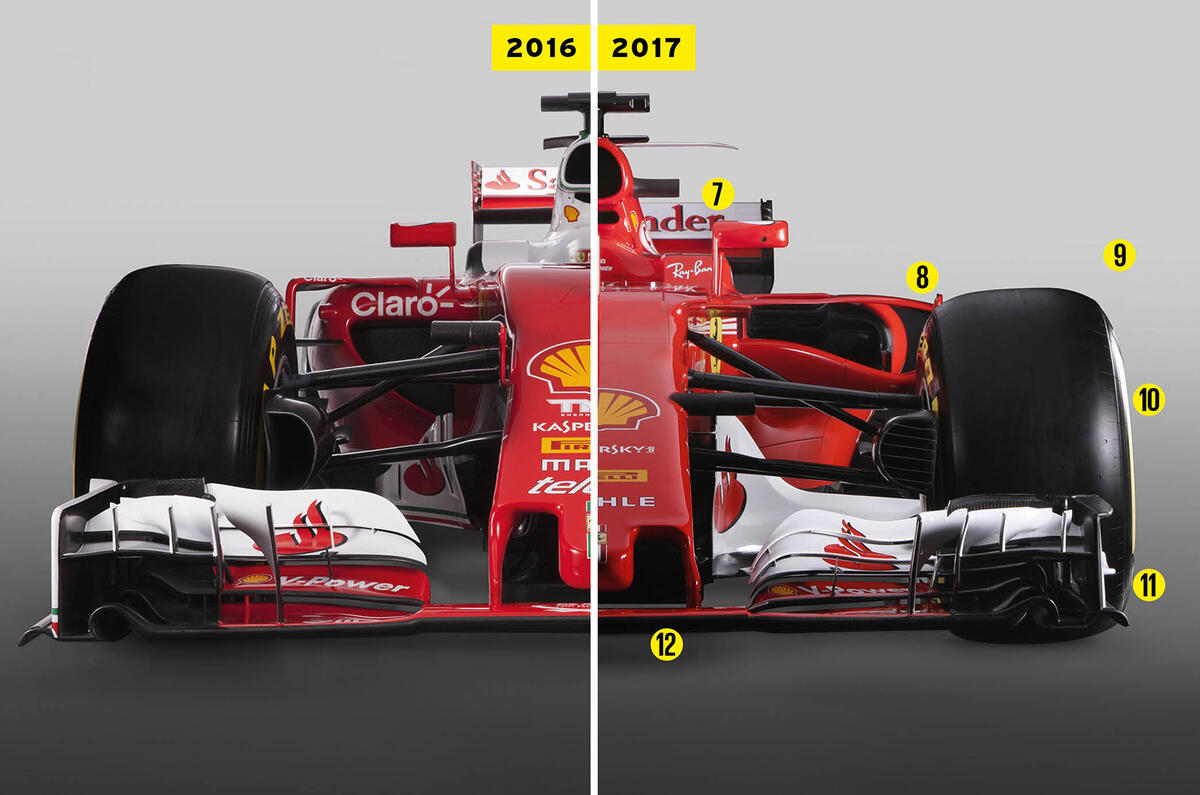
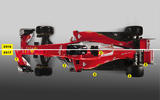
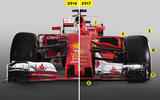


Join the debate
Add your comment
Bigger side plates
F1 Joke